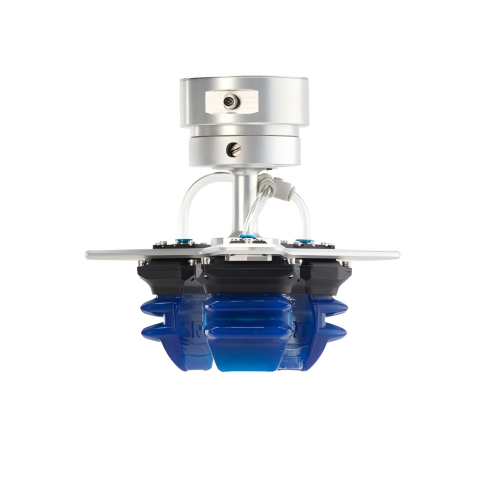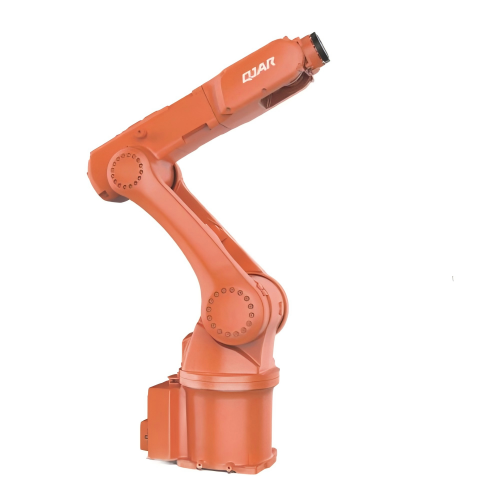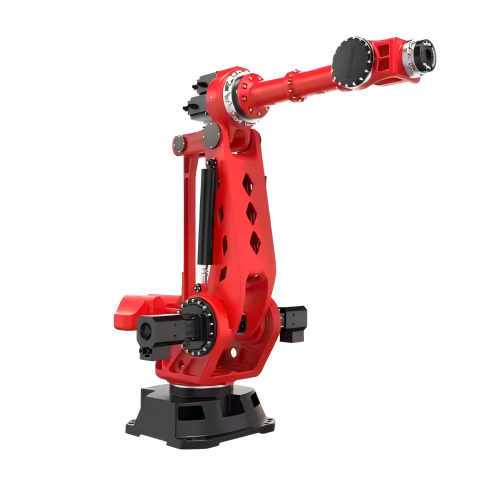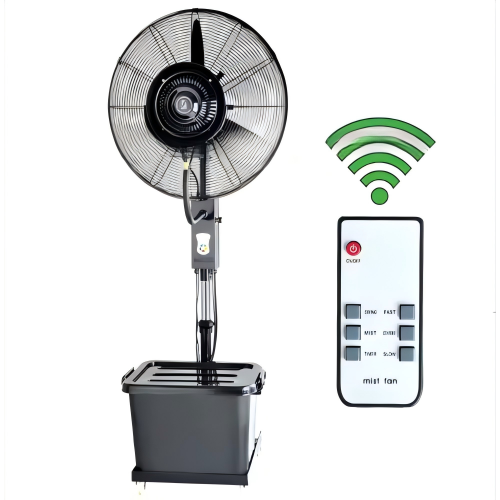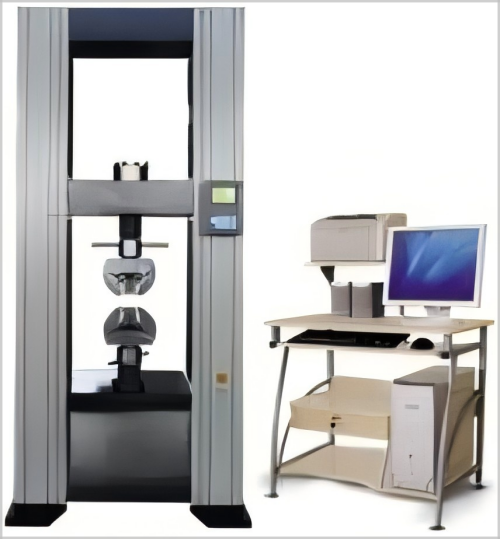
- Wenling Zhejiang Chiny
- [email protected]
- +86 18958695512
- Dom
- PRODUKTY
- ROBOT PRZEMYSŁOWY
- ROBOT SPAWALNICZY
- Ramię robota spawalniczego Shenchi QJR6-2000H doskonały robot spawalniczy
Ramię robota spawalniczego Shenchi QJR6-2000H doskonały robot spawalniczy

Ładowność 6 kg, zasięg 2014 mm Robot spawalniczy
Cechy produktu:
wysoka prędkość i stabilność,
niska moc wyjściowa na wszystkich osiach,
high reliability and excellent value ,
Large workplace,
fast running speed,
high repeat positioning accuracy, s
uitable for quality demanding welding applications.
mainly used for Assembling, Handling, Loading and unloading, Painting,Sorting, Welding.
QJR6-2000H
CHINY
30 DNI
T/T
NINGBO/SZANGHAJ CHINY
| Axis Number | 6 | |
| Ładunek | 6 kg | |
| Repeat Positioning | ±0,08 mm | |
| Max Armspan | 2014mm | |
What is a Welding Robot Workstation?
In the rapidly evolving world of manufacturing and industrial automation, welding robot workstations have become a crucial component of modern production lines. These workstations combine robotic welding arms, fixtures, control systems, and safety mechanisms into a unified environment, designed to execute precise and consistent welds with minimal human intervention. Understanding what a welding robot workstation is, how it functions, and its applications across various industries can help businesses make informed decisions when upgrading their welding capabilities.
Definition and Basic Components a dedicated area designed for robotic welding tasks. It consists of several integrated components working together to automate the welding process. The key elements of a typical robot workstation include:
Ramię robota: This is the heart of the workstation. The robotic arm is equipped with a welding torch and moves along programmed paths to perform welding tasks.
Źródło zasilania spawalniczego: Supplies the necessary electrical energy for welding. It may be configured for MIG, TIG, arc, or spot welding, depending on the application.
Fixture or Positioner: Holds the workpiece in place during welding. Some systems include rotating positioners to enable welds at various angles.
Control Unit: The central processing unit that stores and executes the welding program. It controls the movement of the robotic arm and synchronizes the process.
Safety Enclosure: Ensures operator safety by enclosing the workstation with fencing, light curtains, and interlocks.
User Interface: Allows operators to program, monitor, and control the system. It may include a teach pendant or computer software.
Functions and Workflow The workflow workstation typically follows a structured sequence:
Programming: Engineers program the robot using a teach pendant or offline simulation software. The robot learns the weld path, speed, and parameters.
Loading: The operator loads the workpiece into the fixture. In fully automated systems, conveyors or robotic arms handle this step.
Welding: The robotic arm performs the weld according to the programmed path. Real-time sensors may be used to track seams or adjust for deviations.
Inspection: Quality control systems, such as vision cameras or laser scanners, inspect the weld for accuracy.
Unloading: The completed part is removed manually or automatically, and the cycle begins again.
Benefits of a Welding Robot Workstation There are numerous advantages to using a welding robot workstation, including:
Increased Precision: Robotic systems can produce highly consistent and accurate welds, reducing defects and rework.
Higher Productivity: Automation significantly increases throughput by reducing cycle times and enabling continuous operation.
Reduced Labor Costs: One robot can often do the work of several human welders, helping companies save on labor.
Improved Safety: Workers are removed from hazardous environments, lowering the risk of injuries due to fumes, heat, or UV radiation.
Better Material Utilization: Precision welding minimizes waste and ensures optimal use of consumables like wire and shielding gas.
Applications Across Industries used in a variety of industries, such as:
Automobilowy: For frame welding, exhaust systems, and structural components.
Lotnictwo i kosmonautyka: Precision welding for critical airframe and engine parts.
Construction Equipment: Heavy-duty welding on large and complex structures.
Okrętownictwo: For large-scale fabrication and hull construction.
General Manufacturing: Used in metal furniture, piping systems, and agricultural machinery.
Customization and Scalability highly customizable. They can be designed to fit specific production needs, accommodate various workpiece sizes, and include additional technologies like vision systems or multi-axis positioners. Moreover, these workstations are scalable — companies can start with a single unit and gradually expand as demand grows.
Key Considerations When Setting Up a Welding Robot Workstation Before investing in a workstation, companies should evaluate:
Production Volume: Higher volumes justify greater automation.
Part Complexity: More complex parts may require multi-axis robots or custom fixtures.
Space Requirements: Ensure adequate floor space for installation, access, and maintenance.
Training and Support: Ensure staff can operate and maintain the system. Vendor training and after-sales service are critical.
Integration: The workstation should integrate seamlessly with other parts of the production line.
Wniosek A robot spawalniczy workstation is more than just a robot and a welding torch — it is a sophisticated, integrated solution that boosts productivity, ensures quality, and enhances safety in industrial settings. As manufacturing continues to adopt automation, welding robot workstations will play an increasingly important role in helping businesses remain competitive, agile, and efficient.

Firma SHENCHI ROBOT CO.,LTD dostarcza różnorodne roboty przemysłowe wraz z rozwiązaniami automatyzacji. Obsługujemy roboty przemysłowe, w tym spawanie, malowanie, przenoszenie, paletyzację, gięcie i polerowanie. Zapraszamy do kontaktu z nami.
Robot Shenchi, mądrzejszy i prostszy
SKONTAKTUJ SIĘ Z NAMI
© Shenchi Company Wszelkie prawa zastrzeżone.


